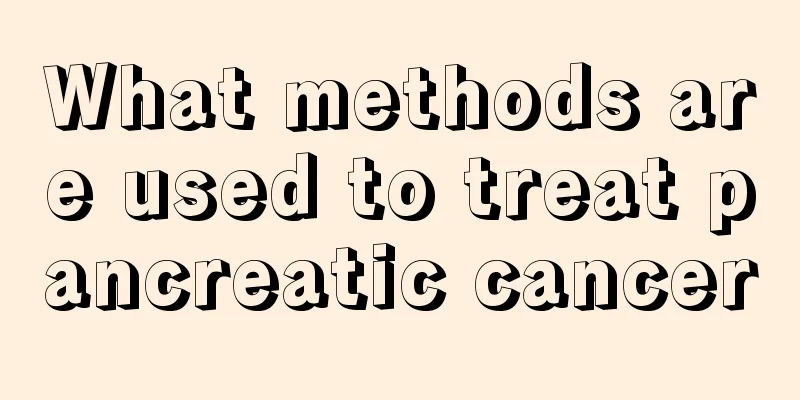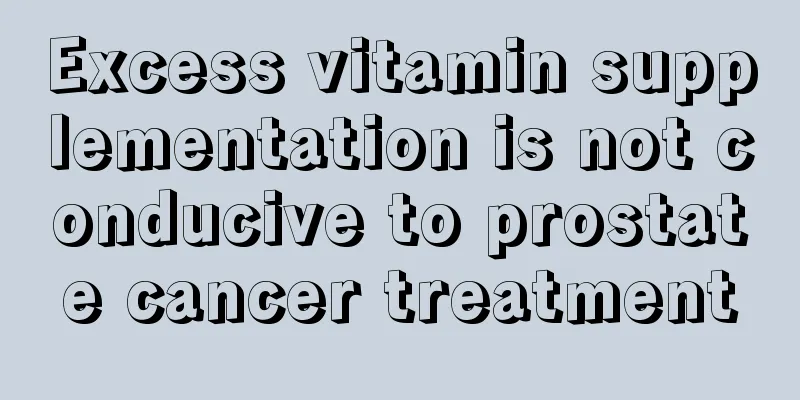What methods are used to treat pancreatic cancer

|
The emergence of pancreatic cancer undoubtedly sentences patients to death, because the disease is a malignant tumor with the worst prognosis. Since the early symptoms of pancreatic cancer are not obvious, the diagnosis rate is very low, and its surgical mortality rate is very high. It is extremely difficult to cure it. So, what methods are generally used in the clinic for the treatment of pancreatic cancer? 1. Surgical treatment: Surgery is the only possible cure. Surgical methods include pancreaticoduodenectomy, extended pancreaticoduodenectomy, pylorus-preserving pancreaticoduodenectomy, and total pancreatectomy. However, due to the difficulty in early diagnosis of pancreatic cancer, the surgical resection rate is low, and the five-year survival rate after surgery is also low. For pancreatic cancer with obstructive jaundice that cannot be removed, cholecystocystostomy or bile duct jejunostomy can be selected to reduce jaundice and improve the patient's quality of life. Stents can also be placed under endoscopy to relieve obstruction. 2. Palliative treatment: For cases that are not suitable for radical surgery, it is often necessary to relieve obstructive jaundice. Generally, cholecystojejunostomy is used. If conditions are unavailable, external fistula (cholecystostomy or external bile duct drainage) jaundice reduction surgery can be performed. Most patients can relieve symptoms and improve their overall condition in a short period of time. The general survival time is about six months. 3. Comprehensive treatment: Pancreatic cancer has a high degree of malignancy, a low surgical resection rate, and a poor prognosis. Although surgery is still the primary treatment method, pancreatic cancer is often discovered late and loses the chance of radical cure, so comprehensive treatment is needed for pancreatic cancer. So far, like most tumors, there is no efficient and fully applicable comprehensive treatment plan. The current comprehensive treatment is still based on surgical treatment, supplemented by radiotherapy and chemotherapy, and new methods of combining immune and molecular biological treatments are being explored. 4. Symptomatic supportive treatment: In the late stage of pancreatic cancer, patients with steatorrhea due to pancreatic exocrine insufficiency can take pancreatic enzyme preparations during meals to help digestion. For intractable abdominal pain, analgesics, including opioid analgesics, are given; if necessary, 50% to 75% ethanol is used for celiac plexus injection or sympathectomy. Radiotherapy can relieve pain in some patients. Nutritional support should also be strengthened to improve nutritional status. If we want to avoid this terrible disease in our lives, we need to start from the little things, strengthen physical exercise, strengthen physical fitness, exercise more in the sun, and sweat more to excrete acidic substances in the body with sweat to avoid forming an acidic physique. Do not eat too much salty and spicy food, do not eat overheated, overcold, expired and spoiled food, develop good living habits, quit smoking and limit alcohol. |
<<: What are the traditional Chinese medicine formulas for treating pancreatic cancer
>>: What is the routine for fibroid care
Recommend
Is lipstick powder poisonous
Modern women may not wear makeup, but they cannot...
What are the factors that may be related to rectal cancer?
In life, rectal cancer has affected the normal li...
Can eating noodles relieve stomach acid?
Gastric acid is a very common phenomenon in life....
How does Rhizoma Phytophthora treat athlete's foot
Many friends may not know much about Smilax china...
Are there bacteria in human saliva?
Saliva is a liquid that can lubricate the mouth. ...
Calories in fried foods
Fried food is a common food with high calories. G...
How does periodontal abscess come about?
Periodontal abscess is also a type of periodontit...
In life, it is very important to prevent colon cancer
Many people don't know much about colon cance...
How to prevent kidney cancer metastasis
People are terrified of cancer. Under current med...
What are the diagnoses for uterine cancer
The early symptoms of any cancer are not particul...
Does abnormal liver function affect employment?
Humans have five internal organs, among which the...
Advanced symptoms of prostate cancer brain metastasis
Brain metastasis of prostate cancer usually occur...
How to treat a rotten toe
Many people will experience ulcers between their ...
How to treat advanced laryngeal cancer
Laryngeal cancer is not common among systemic tum...
What foods should patients with kidney cancer with different symptoms eat?
The cause of kidney cancer is still unclear, but ...









